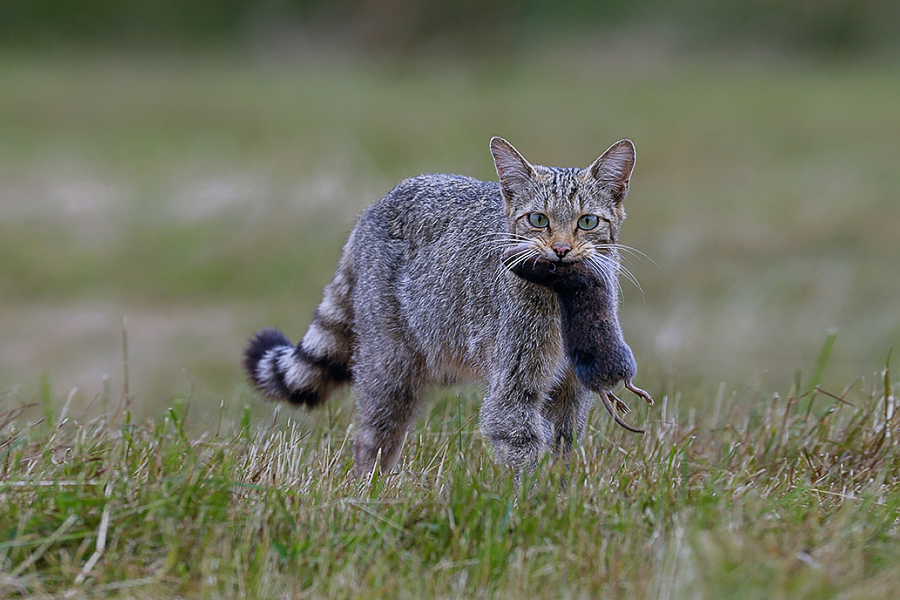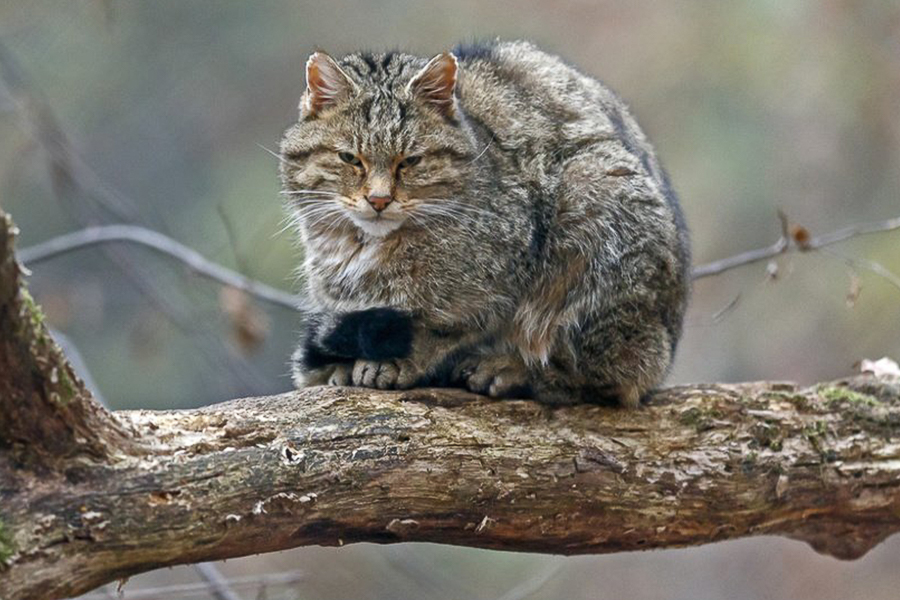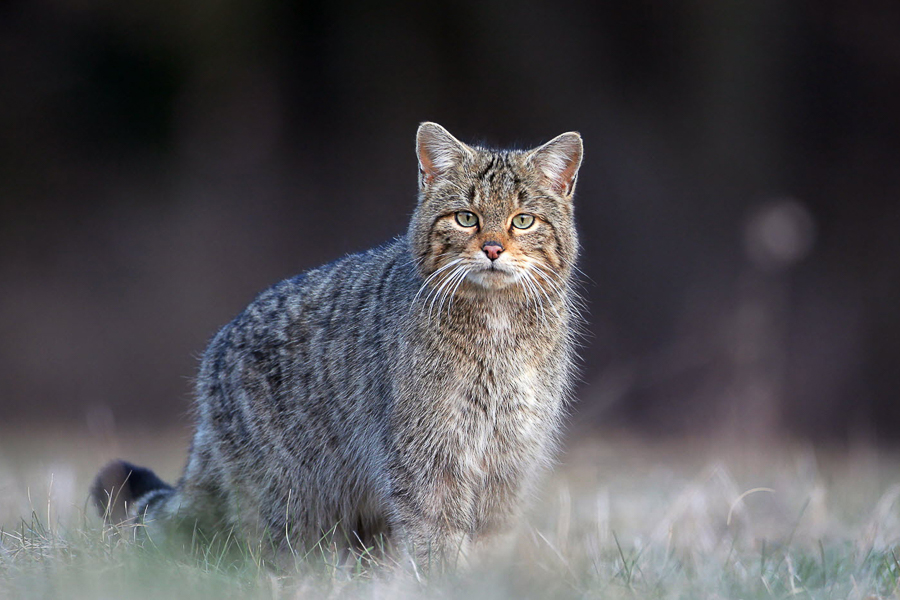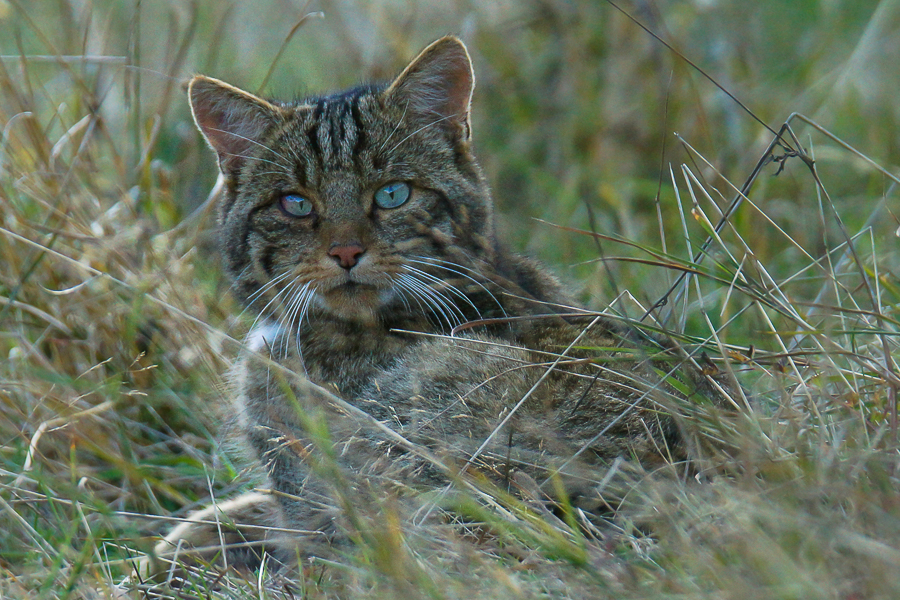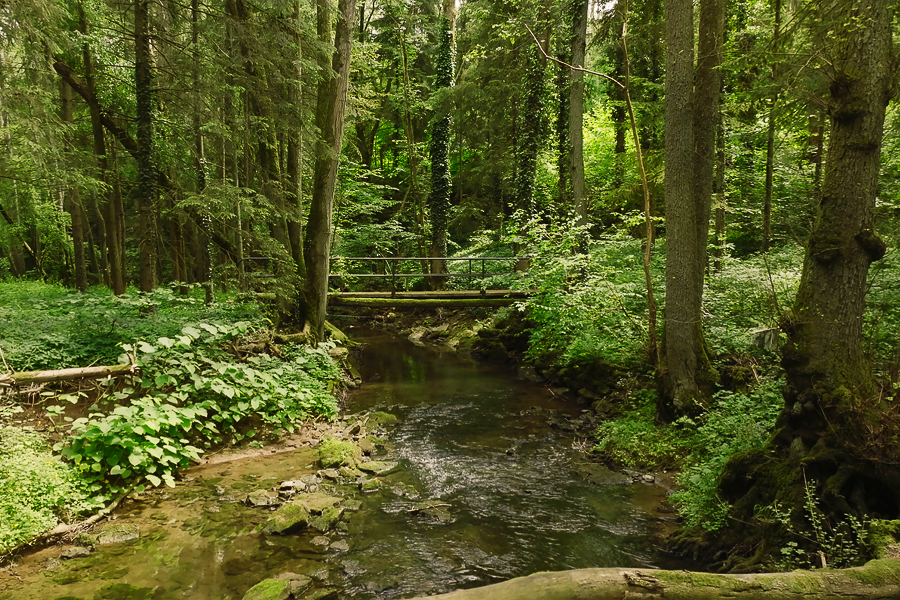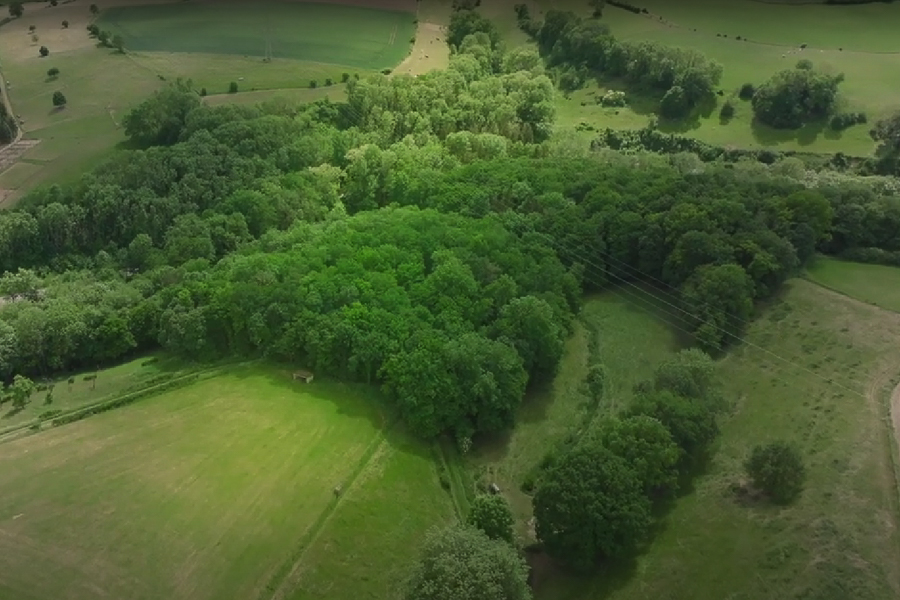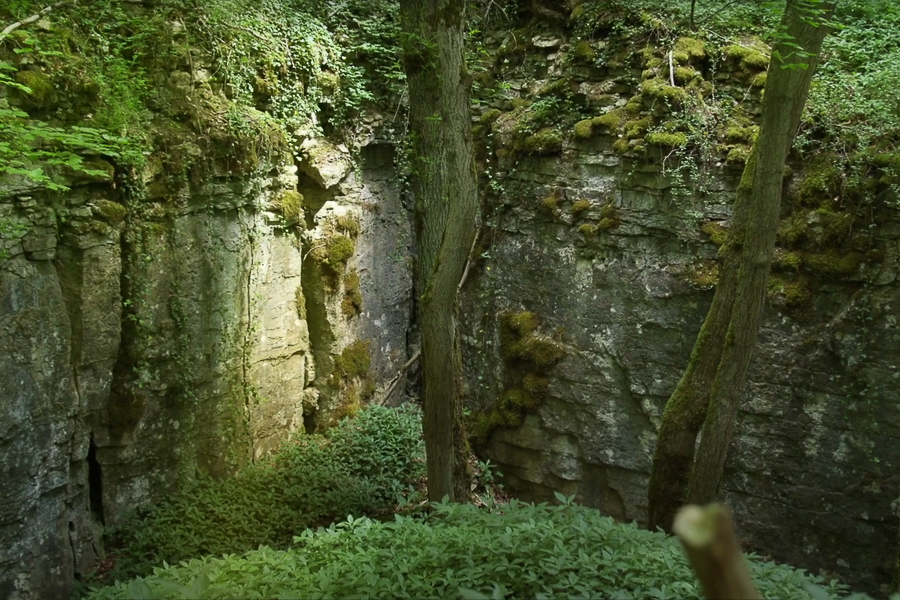 European Wildcat;
Credit: natur&ëmwelt
European Wildcat;
Credit: natur&ëmwelt
Luxembourg has what is known as a Temperate Climate in which winters are generally mild and summers comparatively cool, with rainfall that can be high; its flora and fauna have thrived in, and adapted to, this climate over the centuries and millennia, with ongoing challenges due to pollution and recent climate change, as well as the introduction of non-native species, resulting in disruptions to the norm.
Nevertheless, with various initiatives and organisations helping the ecosystem and habitat, including sustainability and re-wilding, there is a lot happening in nature across the Grand Duchy.
Chronicle.lu has teamed up with natur&emwelt (the non-profit organisation (naturemwelt), the foundation (Hëllef fir d'Natur) and the Wildlife Care Centre (Flegeestatioun)) for a series of articles on Luxembourg's fauna in which we look at various mammals, birds, insects, amphibians and aquatic animals, as well as touching on vanishing species returning to Luxembourg, focussing on their lifestyle and habitat, including when and where to observe them.
No.7 in this series focuses on the European wildcat.
Introduction
Elusive, graceful, and fiercely independent, the European wildcat is one of the last native predators of our forests. In Groheck (in the municipality of Biwer, near Grrevenmacher), it prowls silently among beeches and hidden clearings.
Often mistaken for a tabby domestic cat, the wildcat is sturdier and more muscular. It measures about 60 cm in body length (excluding the tail), weighing between 3 and 8 kg. Its thick fur is striped grey and brown, with a dark dorsal line. The bushy tail features clear black rings and ends in a blunt black tip. With pale muzzle, piercing yellow eyes and slit pupils, it radiates a wild, untamed presence that sets it apart from any house cat.
Lifestyle
The wildcat is strictly solitary, mostly active at night and during twilight. An opportunistic hunter, it preys on small mammals—voles, mice, young rabbits—as well as birds and amphibians. It roams wide forest territories, scent-marking them with urine. Mating season begins in February–March, with kittens born in spring, sheltered in hollow logs or abandoned burrows. Highly wary of humans, the wildcat avoids all contact. Despite its shy nature, it plays a crucial ecological role by keeping rodent populations in check, maintaining balance within its forest ecosystem.
Habitat
The Groheck nature reserve, with its deciduous forests, dense shrub-lined edges and semi-open patches, provides ideal conditions for the wildcat. It thrives in this quiet, unfragmented landscape rich in cover and prey. The mix of woodland and natural corridors, protected from urban sprawl, offers both shelter and hunting ground. Groheck’s ecological continuity with neighbouring forests makes it a key site for the wildcat’s slow recolonisation of Luxembourg’s northern habitats, where the species had long been in decline.
Where and When to See It
Spotting a wildcat is exceptionally rare due to its shy behaviour. At Groheck, the best chances for indirect observation are early morning or dusk, especially in winter or spring. Look for paw prints in mud or snow, characteristic scat, or tufts of fur on stumps or fencing. Camera traps installed across the reserve have confirmed its presence, particularly in quiet zones near forest edges. With luck and patience, nature may whisper its presence without ever revealing the cat itself.
Observation Tips
Patience is essential — focus on tracks, fur or camera trap images. Stick to marked trails, keep noise to a minimum, and leash dogs. Winter is ideal for spotting footprints. Remember, observing the European wildcat is a rare privilege: it is a ghost of the forest, not easily drawn into the open.
For more information and to discover the Groheck reserve, visit the Hëllef fir d'Natur Foundation website: https://www.hellefnatur.lu/

